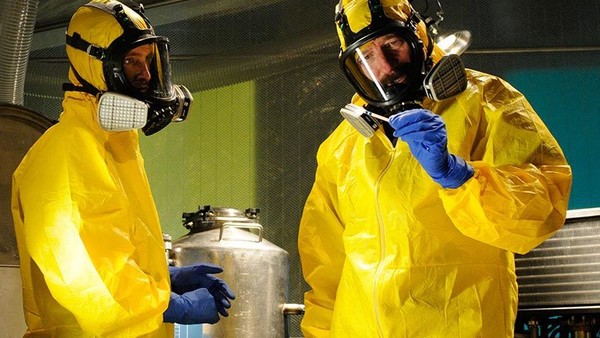Breaking Bad At 10: 8 Ways It Changed TV For Good
7. Serialised Drama And The Devil In The Details

Breaking Bad can't claim to be responsible for inventing serialised drama, nor was it the first to take that approach in the Golden Age. But it did represent a major new leap forward for the format, and one we're seeing play out across the vast majority of prestige TV shows nowadays.
Creator Vince Gilligan had big plans for Breaking Bad, which went far beyond the pilot - which is excellent, but the show itself becomes so much more than the one that sells. He was thinking about whole seasons instead of episodes, and indeed multiple years instead of just single seasons.
It's a risk compared to more episodic or procedural television, especially when the threat of cancellation looms over you, but with a more rewarding journey. With this type of storytelling too came a fresh wave of fan theorising - heavily popularised by Lost, but Breaking Bad turned those online fan theories into watercooler chatter - and subtle details that would foreshadow events in the future. It was, in many ways, a show ready-made for binge-watching before anyone really used that term. Almost all the best dramas now are heavily serialised, and a number of them include details there to provoke discussion - and that modern trend was really perfected by Breaking Bad.
With Breaking Bad's attention to detail, too, came a show that was as much about the visual aspect as it was the written one. Not only were the scripts sharp and the acting brilliant, but almost every frame of the series could be a piece of art, and yet also contributed to the storytelling in a number of ways. It's something Gilligan has repeated in Better Call Saul, but can also be found in other prestige dramas like The Leftovers, Mr Robot, and True Detective.